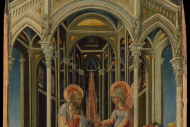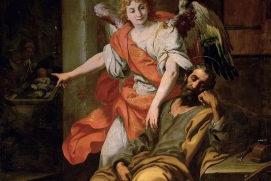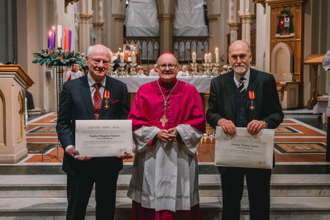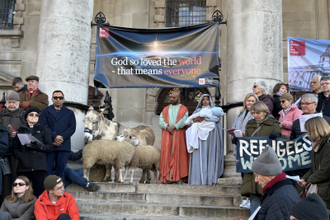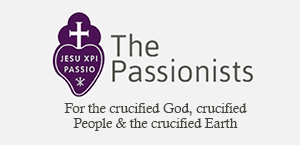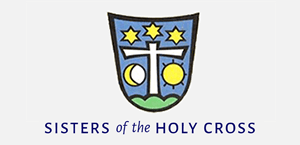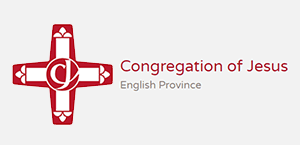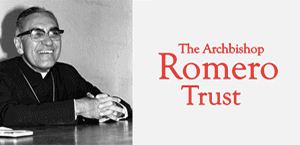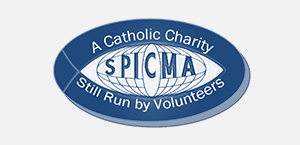Gospel in Art: Saint Valentine of Rome
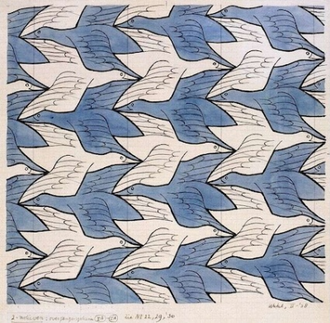
Two Birds, by Maurits Cornelis Escher, 1930, Oil, pastel and gouache on paper © WikiArt
Source: Christian Art
Gospel of 14 February 2025
Luke 10:1-9
At that time: The Lord appointed seventy-two others and sent them on ahead of him, two by two, into every town and place where he himself was about to go. And he said to them, 'The harvest is plentiful, but the labourers are few. Therefore pray earnestly to the Lord of the harvest to send out labourers into his harvest. Go your way; behold, I am sending you out as lambs in the midst of wolves. Carry no money bag, no knapsack, no sandals, and greet no one on the road. Whatever house you enter, first say, "Peace be to this house!" And if a son of peace is there, your peace will rest upon him. But if not, it will return to you. And remain in the same house, eating and drinking what they provide, for the labourer deserves his wages. Do not go from house to house. Whenever you enter a town and they receive you, eat what is set before you. Heal the sick in it and say to them, "The kingdom of God has come near to you." '
Reflection on the watercolour
Today is Valentine's Day, a day associated with love and romance, but little is known about the life of Saint Valentine of Rome, the saint behind the celebration. He is believed to have been martyred and buried on the Via Flaminia, to the north of Rome, in the late 3rd century. In 1969, the Catholic Church removed Saint Valentine from the General Roman Calendar, as so little historical detail about him could be verified. However, he is still recognised as a saint and is commemorated in the Roman Martyrology on 14th February.
One of the few legends surrounding Saint Valentine involves his time under house arrest with Judge Asterius, with whom he discussed matters of faith. To test Valentine's beliefs, the judge presented his blind daughter, challenging the saint to restore her sight. If he succeeded, the judge vowed to free Valentine. Valentine placed his hands on the child's eyes, and her sight was miraculously restored. Humbled and astonished, Asterius freed Valentine and all the Christian prisoners in his custody. Moreover, the judge and 44 members of his household were baptised. Despite this moment of grace, Valentine later faced further persecution. Refusing to renounce his faith, he was executed outside the Flaminian Gate on 14th February 269. Later, in 496, Pope Gelasius I declared this day to be Saint Valentine's feast day.
The association of Valentine's Day with romantic love emerged during the Middle Ages. It was believed that mid-February marked the start of the mating season for birds, symbolising love and pairing. This notion is immortalised in Geoffrey Chaucer's Parliament of Foules(c. 1382), where he writes, "For this was on Seynt Valentyne's day, when every foul cometh there to choose his mate." Over time, this idea evolved, and Valentine's Day became a celebration of romantic love, where people express affection to their partners.
Our featured artwork is a drawing by the Dutch artist Maurits Cornelis Escher, renowned for his mathematically inspired woodcut prints and drawings. In this piece, two birds are intertwined, their forms drawn with a sense of infinity, symmetry, and continuity. These qualities mirror the essence of a loving relationship, making it a fitting image for Valentine's Day.
LINKS
Gospel in Art: https://christian.art/
Today's Reflection: https://christian.art/daily-gospel-reading/luke-10-1-9-2025/




